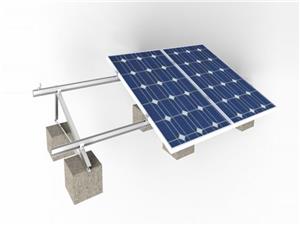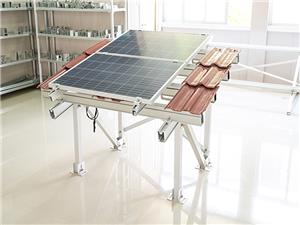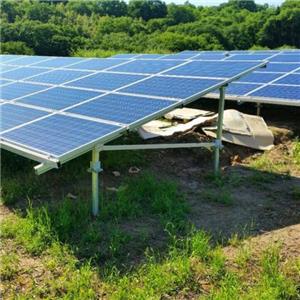The role of solar energy in snow disaster
What warning can we get from the snow disaster in Texas?Household solar energy can not only provide energy for the family and save money, but also reinforce the house, prevent wind and keep warm.
“Everyone deserves to live in a warm home that can be heated affordably…” No doubt you agree with the statement made by Debra Coupar, Deputy Leader and Executive Member for Communities regarding high-rise housing in the inner-city of Leeds, West Yorkshire, England. Those words echo the feelings of many communities here in the states. “Energy efficiency shouldn’t be a luxury, but a necessity, especially for people in multifamily homes.”
One writer and Texas resident spoke about the devastating winter storm and went on to say, “We were lucky.” What did they attribute their good fortune to? Kate Zerrenner continued, “In 2011, our house had been fully renovated, including energy-efficiency investments in insulation and new windows. It never dropped below the 50s in our house. Those in older or low-income homes across Texas weren’t so lucky.” In her case, energy efficiency didn’t just save money on their electric bill. The steps they took to improve the energy efficiency of their home may have saved lives.

State regulators and utility companies are taking a closer look at their own emergency response readiness. Could investments in energy efficiency better prepare communities for unexpected events negatively impacting the grid? According to the U.S. Department of Energy’s Office of Energy Efficient and Renewable Energy, Texas has the highest potential for total economic electricity savings especially if they continue to have extreme weather year-round. Of course, knowing is only half the battle. In some cases, weatherization and boosting energy efficiency raises rates for low-income consumers who cannot afford them.
State regulators in Massachusetts, are redrawing plans for energy efficiency programs, including the fees on electric bills that pay for them. Those opposed object stating the proposal notably raises fees for low-income customers while lowering them for others. Jerrold Oppenheim, the lawyer representing opposing advocacy groups, said the fee hike could be challenged for violating a state law requiring that "electricity bills for low-income residents should remain as affordable as possible.”
In other areas, energy efficiency investments into low-income housing is completely overlooked. In Leeds, the City Council is trying to rectify that oversight and provide energy efficiency savings to residents living in multifamily homes. Partnering with the University of Leeds, the Leeds City Council researched the best way to implement improvements. The new technologies to be installed, include ground and air source heat pumps, district heating networks, external wall insulation, and solar panels. In Burmantofts, a 1960s high-rise housing development in the inner-city of east Leeds, external wall insulation was fitted to three high rise blocks.
The project is regenerating the buildings and reducing the energy bills of 300 units. Helen Hayden, Executive Member for Climate Change, Transport and Sustainable Development said, “We’re doing everything we can to make the properties we own fit for the future.” Acknowledging the work is far from complete, Hayden concludes, “However, we now need a long-term, national plan that enables private homeowners to invest in their properties and gives reassurance to local businesses to hire and train workers with the skills needed to meet the demand for sustainable housing.”
Understanding the best strategies and products can help regulators, investors and utilities reduce energy demand and increase savings through energy efficiency. A study by Slipstream and Franklin Energy collected data on apartments throughout Minnesota to better assess what could be done there. Xcel Energy and CenterPoint Energy later used the data to create their own energy efficient programs. In Madison, Wisconsin, Alliant Energy had a record number of residential customer participating in their Focus on Energy energy efficiency program. Product discounts and the convenience of an online marketplace drove a 135% increase in participating customers.
Making efficiency accessible and affordable also contributed to their success. “As our customers spent more time at home due to the pandemic, they took a more active role in controlling their energy use,” said Jeff Adams, Alliant Energy’s lead customer product manager. “The product packs and bundles we offer through our partner, Focus on Energy, make it easy to keep everyone comfortable while making your home more energy efficient.”
New windows and insulation helped one resident through the extreme weather last week. What can be done to better prepare communities in the future? How can utility companies improve access, awareness and participation in efficiency programs? And what is your utility doing to promote program participation?




